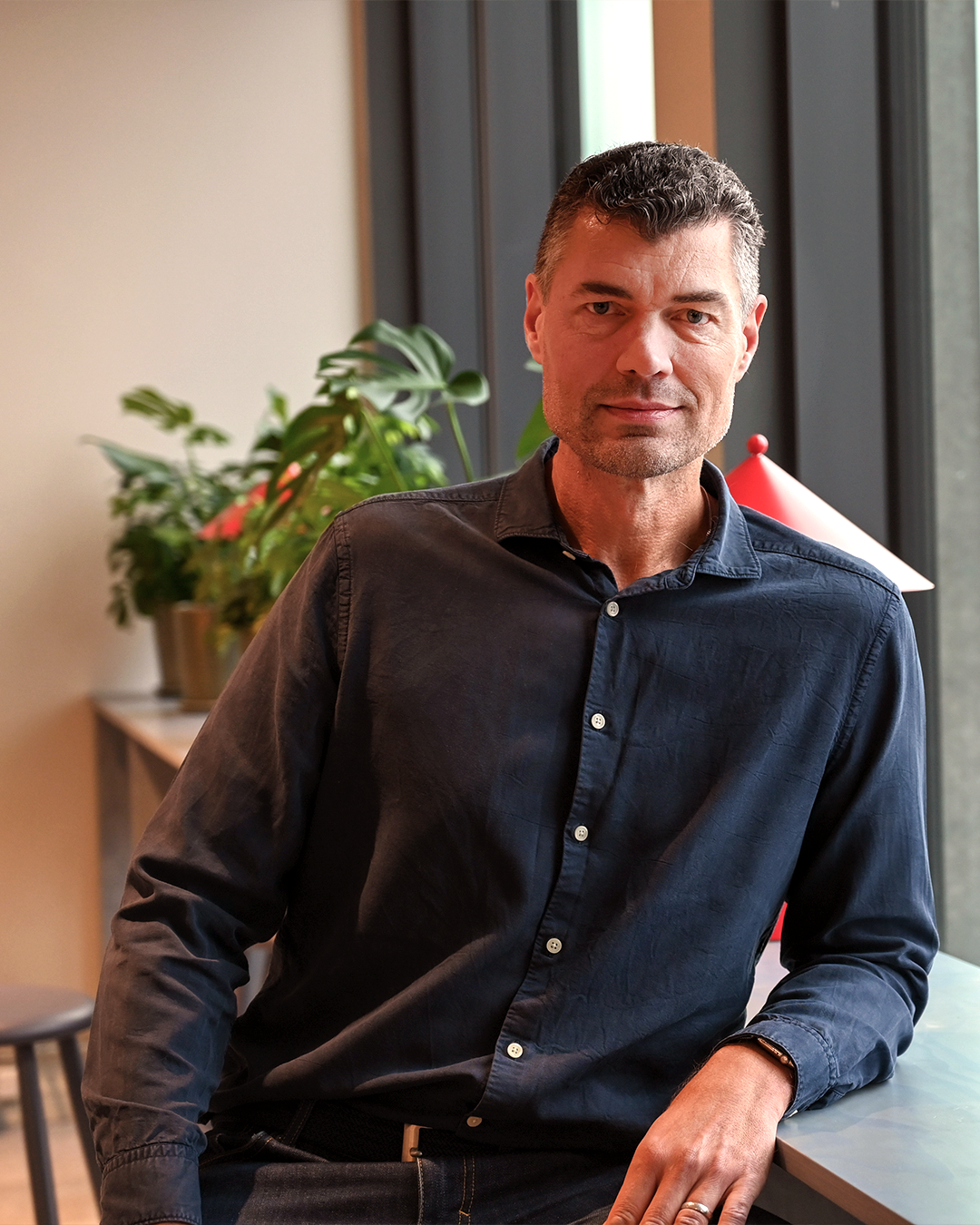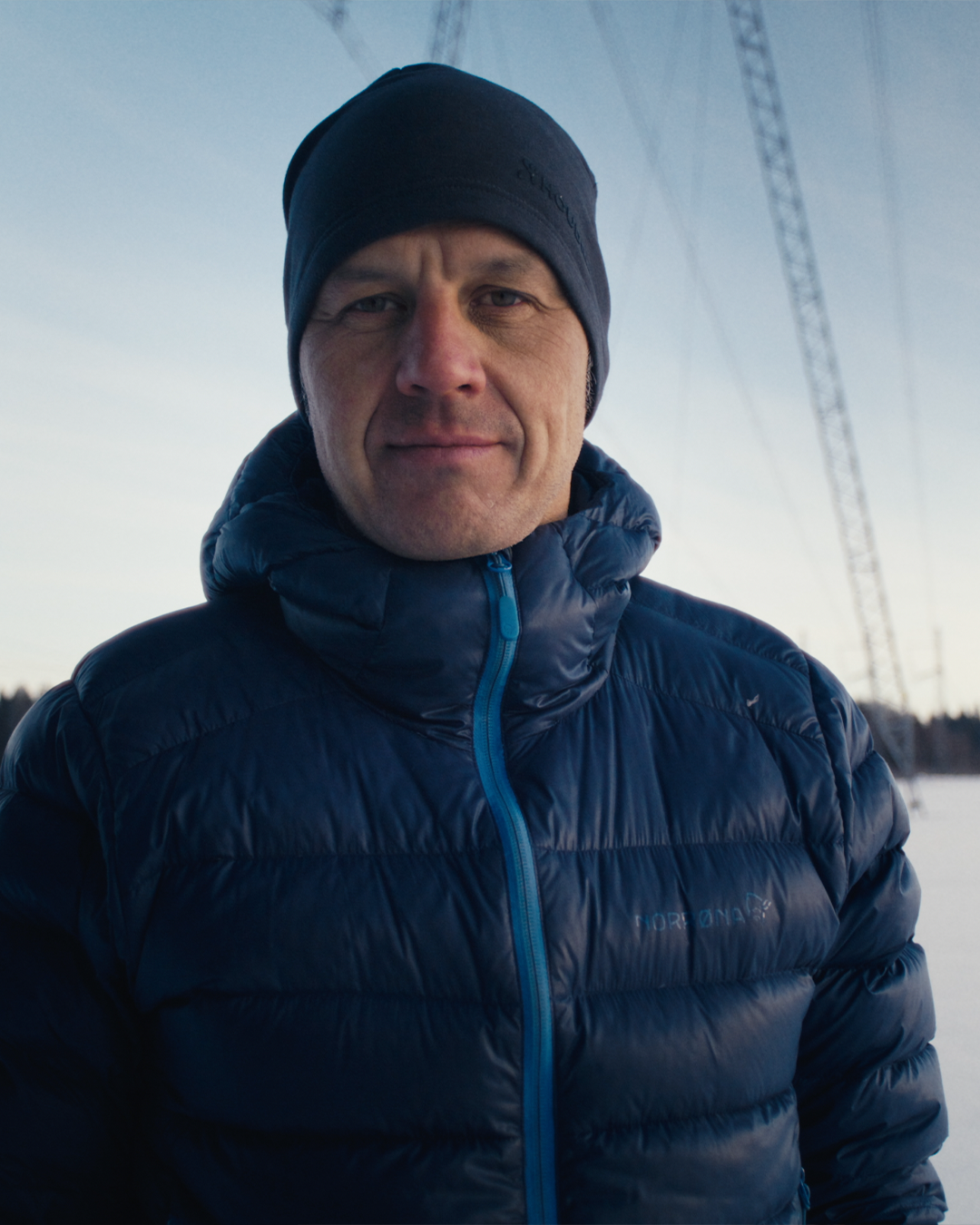Electrifying steel production

It’s widely recognized that electrification is key to decarbonizing some of the most polluting industries. Looking at steel, electrification comes into play both in the large volumes of green hydrogen needed when making sponge iron as a main input material, and by electrifying the actual steel production. Building a new green steel plant that annually consumes terawatt hours (TWh) of energy isn’t an uncomplicated endeavor.
Part of this complex puzzle is securing access to stable, affordable, and green electricity while also having a positive impact not only on society but on the whole energy system. And northern Sweden is one of few places in the world where this is possible.Why northern Sweden?
“Sweden has an excellent electricity system,” says Lina Håkansdotter, Chief Sustainability and Corporate Affairs Officer. “We have been almost fossil-free for decades, with an energy supply in the beginning based mainly on nuclear and hydropower but now also facilitating increasing volumes of wind power.” In her more than 15 years working at the intersection of industry and energy policy in Sweden, Lina has seen the incredible industrial growth potential provided by the country’s clean and robust energy system. However, she has also witnessed the development of grid capacity bottlenecks between the resource-rich north, where the most hydropower is produced, and the highly populated south, with nuclear as a major production source.
Lina Håkansdotter, Chief Sustainability and Corporate Affairs Officer.
“When we had more nuclear power in the south, we had more of a balance in the system,” she explains. “But then a decision was made to decommission several of the reactors, which led to a production shortage there, meaning we needed to transport more electricity from the north.” But since there is not sufficient capacity to transport enough electricity from the north to the south, there are challenges for the system. This grid capacity challenge is being addressed, but it will likely be another decade before the balance is restored. In the meantime, there will be a significant oversupply of affordable, renewable electricity only available for use in the north of Sweden. One of the main reasons why the company chose to build the steel plant in Boden is the surplus of renewable electricity in the grid. However, as a major electricity consumer, it is important for the company to also consider potential negative impacts and how to address them in the best way. First and foremost, it is important for H2 Green Steel to acknowledge the simple principle of supply and demand. “If you look at the electricity price, of course, if you increase consumption, the price will also increase,” explains Arne Österlind, Energy Portfolio Director. “So, we are trying to put some additionality thinking in our process as well, meaning we contribute to keeping the surplus at a certain level.”

Arne Österlind, Energy Portfolio Director.
“For us this is about taking the opportunity that we have, to use the power in the system, to create jobs locally and contribute to the local economy,” says Arne. “And we will also try to support the market with new electricity in the future, not just consume it.” H2 Green Steel has agreements in place with both Statkraft and Fortum for renewable electricity supply from 2026 onwards, and is in co-operation with Svea Vind Offshore and their Bores Krona wind farm as an offtaker for a significant part of the future electricity production there. “Hydro and wind power are together an excellent mix to produce green, cheap electricity,” explains Arne. “Hydropower is dispatchable, like a big battery, so you can choose to increase or decrease production according to demand, while wind power is very weather dependent. So, they complement each other well.” Projects like the one by Svea Vind Offshore would help to maintain the energy surplus at a certain level. “By establishing our steel production in the north, we not only ensure that the power that is there is used, but we also help drive additional investments,” says Lina.
Connecting to the Grid
Even with nearby electricity sources and a robust grid, a second challenge is to get access to the volume of electricity required to power H2 Green Steel’s plant, which features energy-intensive processes such as hydrogen electrolysis, direct reduction of iron, and electric-arc steelmaking.
Fredrik Engström, Vice President Electricity Solutions.
“We will be one of the biggest grid connections in the Nordics,” explains Fredrik Engström, Vice President Electricity Solutions. “This will be on a scale that is normally only seen on the supply side, for example with nuclear power plants, and this creates a responsibility for us to contribute to grid stability.” Typically for a grid connection of this size, the application and permitting processes would take several years, even before construction started. “We are working on this together with them and other actors, finding innovative ways to move the energy transition forward as quickly as possible,” says Fredrik.To maintain the required flexibility, H2 Green Steel will be able to turn off certain energy-intensive processes immediately if ever required. “While we don’t expect this to happen often, if ever, we are doing our part to ensure a stable grid, particularly since we are drawing so much power,” says Fredrik. “Svenska kraftnät are being very proactive and pragmatic in this process, making us a sort of pilot case for how to drive the green transition forward,” he explains.
